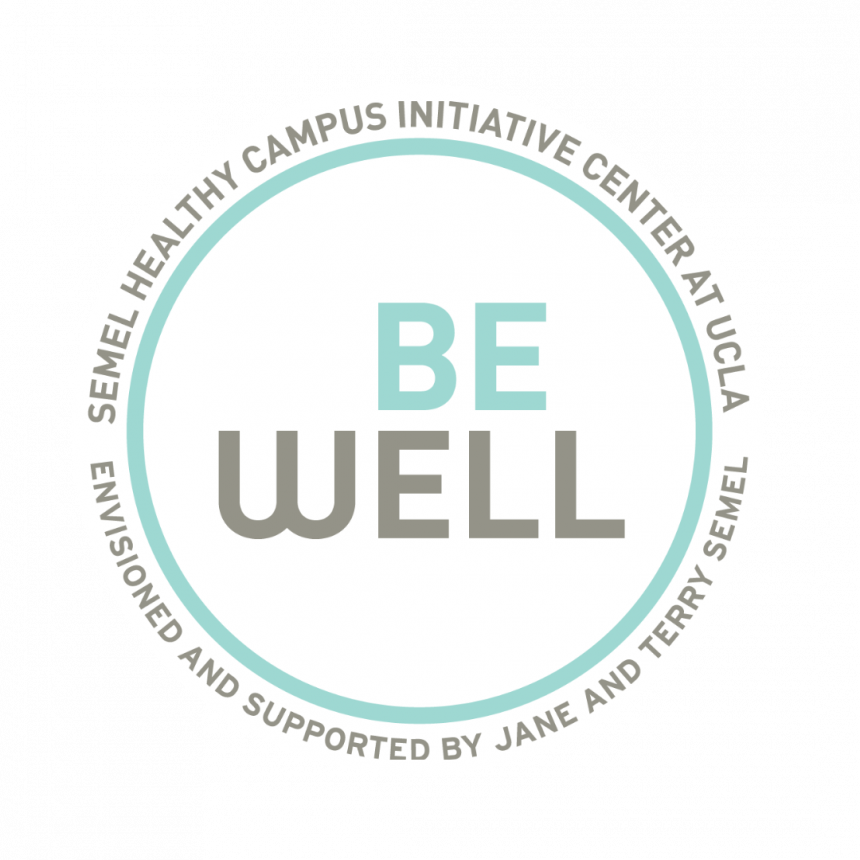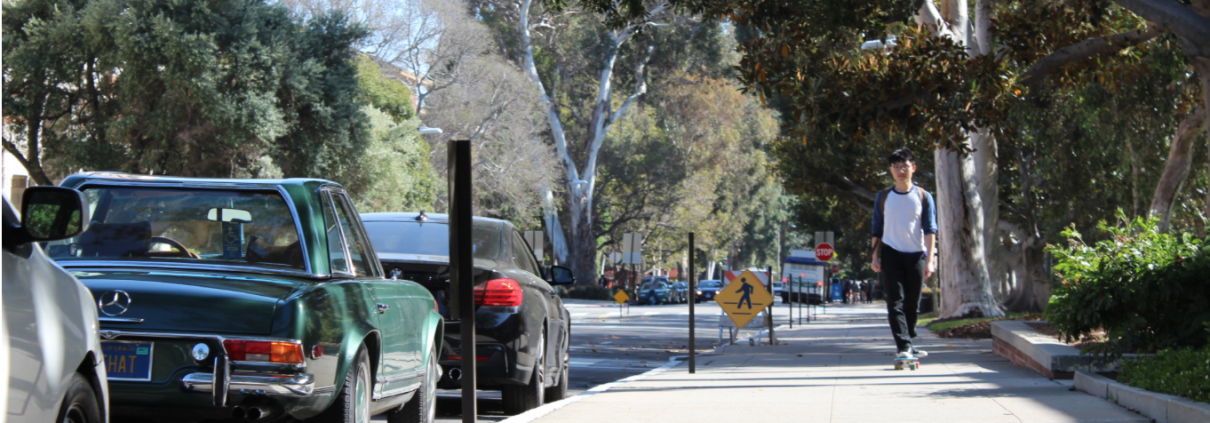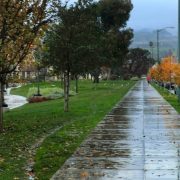Bruin Steps: Introducing UCLA HCI’s Sidewalk Series
Whether we may be aware of it or not, our daily surroundings have a big impact on our health and safety. An easy example may be how having trees on our streets improve the quality of air we breathe. Another is how the quality of water we use and drink could directly influence our health.
In this light, what seems to go unnoticed often around the UCLA’s campus are its sidewalks. Sidewalks may not seem as important, but they allow for safer walking. In turn, they encourage physical mobility and exercise.
While many of the sidewalks on campus are of fair quality, many of sidewalks surrounding areas of UCLA are poorly maintained. Can you think of a moment when you or your friend tripped over tree roots that are sticking out on cracked surfaces of the sidewalk? How about when a friend who uses mobility aids could not go through because the sidewalk surface was uneven or not wide enough?
Overgrown roots of trees, narrow width, unevenness of the ground, and arrangement of street furniture are some of factors that make sidewalks inaccessible and unsafe. The images included below are just a few examples of those concerns– and may be familiar to the many of you who traverse the streets of Westwood.
Such characteristics are obstacles especially for people who use mobility aids like wheelchairs, scooters, and walkers. However, they are also factors that degrade usability and friendliness of sidewalk for those who do not use assistive mobility devices. Too narrow of sidewalks or sidewalks that have unstable surface lead pedestrians on to the road regardless of their means of travel, which leads to dangerous situations for both pedestrians and drivers.
What then, makes sidewalks accessible and friendly for every type of pedestrian?
First, as suggested by Heather McCain, the executive director of Citizens for Accessible Neighborhoods, and the United States Access Board’s standards for floor and ground surfaces, the surface of sidewalks should be stable, solid, flat, and made of materials that can prevent slipping. Additionally, sidewalks should be wide enough for wheelchairs to pass through.
For visually impaired pedestrians, in addition to having a stable and solid surface, it is also important to have access to raised tactile surface, materials with contrasting auditory properties when tapped by cane, and contrasting color to obtain helpful information for wayfinding.
Lastly, street furniture (e.g., benches, trees, street lamps, and signs) should be arranged in a mindful way that considers pedestrians with mobility impairment and visual impairment prior to considering aesthetics.
Miso Kwak is an undergraduate student at UCLA majoring in Psychology with a double minor in Disability Studies and Education Studies. In addition to blogging for the UCLA Healthy Campus Initiative, she plays the flute with the UCLA Woodwind Chamber Ensemble. Outside of school, she works as a mentor for high school students through Accessible Science, a nonprofit organization that facilitates science camp for blind youth.




